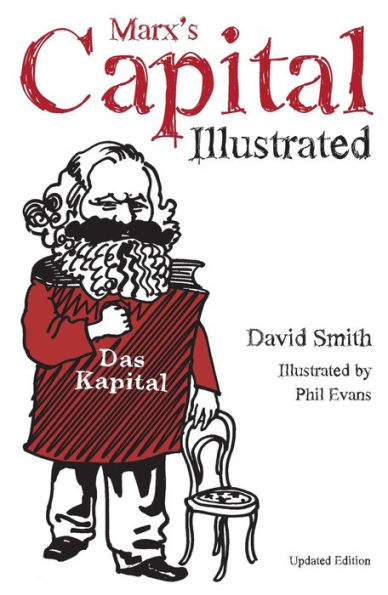Ready or not, comics and graphic novels are taking over the world. Superhero movies stand at the forefront of the blockbuster ranks. The Walking Dead is one of the most watched shows on television, and Arrow and Agents of S.H.I.E.L.D. are close behind. The Sandman, Elfquest, and many other comics have had their film rights bought up, and a sequel to 300 hits theaters […]
5
1

Marx's Capital Illustrated: An Illustrated Introduction
216
Marx's Capital Illustrated: An Illustrated Introduction
216Paperback(Second Edition)
$15.00
15.0
In Stock

Product Details
| ISBN-13: | 9781608462667 |
|---|---|
| Publisher: | Haymarket Books |
| Publication date: | 07/22/2014 |
| Edition description: | Second Edition |
| Pages: | 216 |
| Sales rank: | 460,784 |
| Product dimensions: | 5.40(w) x 8.20(h) x 0.60(d) |
About the Author
From the B&N Reads Blog
